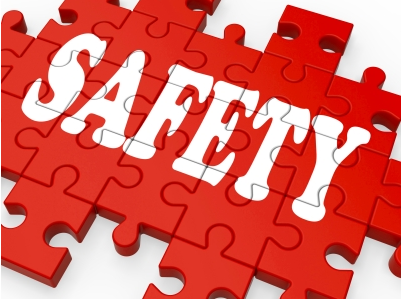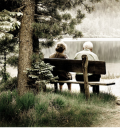- 5 Ways To Avoid A Negative Customer Experience In Your Aging Care Business
- Don’t Look Back and Regret What You Didn’t Do – Aging Care Services Are Growing
- Attitude Is Everything!
- Pam Witt’s 4 Pillars To Goal Achievement
- Use This Formula To Reach Higher Levels Of Success (No Matter Who You Are)
- Using Social Media To Market and Grow Your Aging Care Business
Senior Safety Tips For Accident Proofing A Home
 As you or a loved one ages, the chance of being injured in your own home increases. According to the Centers for Disease Control and Prevention, “Among older adults, falls are the leading cause of both fatal and nonfatal injuries.” In addition, recovery from household accidents, as a senior, is often a life- changing event that can lead to loss of independence.
As you or a loved one ages, the chance of being injured in your own home increases. According to the Centers for Disease Control and Prevention, “Among older adults, falls are the leading cause of both fatal and nonfatal injuries.” In addition, recovery from household accidents, as a senior, is often a life- changing event that can lead to loss of independence.
In a lot of cases, a professional home care agency may need to be called for a customized in-home assessment. Knowing when a senior family member needs home care assistance can mean the difference between remaining at home or having to be moved to an outside facility.
Senior Safety Tips For Accident Proofing A Home
Here are some ways that you can make your home safer for yourself and your guests:
- Keep your home free of small trip hazards such as small foot stools and your grandchildren’s toys.
- Use grip strips on stairs. Make sure to do so inside as well as outside your home. The strips will help you keep your footing when front stairs are wet from rain or damp with dew.
- Clear stairs of snow and keep a can of ice melt near your doors to use on the steps before you use them.
- Install grip rails. These handy devises will help you keep your balance or give you something to help you restore it if you become dizzy.
- Install grips in the bath as well. Put one by the tub and one of the suction cup ones on the side of the tub. Do not use your towel rack. They are rarely attached well enough and you could end up on the floor and struck by the falling bar. Put another one next to the toilet.
- Secure throw rugs with double sided tape or no skid mats.
- Teach pets to move out of the way. Do not step over them. Also, watch out for your pets’ water and food bowls.
- Good lighting is a must. Add lamps where needed and use a bulb with larger wattage above stairways.
- Rearrange your kitchen so you do not need to climb or reach above your head to reach frequently used items.
- Discard or send broken furniture to be repaired. Your chair may have supported you for the past 30 years with a broken runner but taking the chance that it won’t collapse now could be a very costly gamble.
Taking care and keeping safe will help you avoid accidents in you or your loved ones’ home. You will stay safer and independent for longer by following the tips listed above. Safety starts with you.
Photo Credits: FreeDigitalPhotos.net
Safety: Stuart Miles














